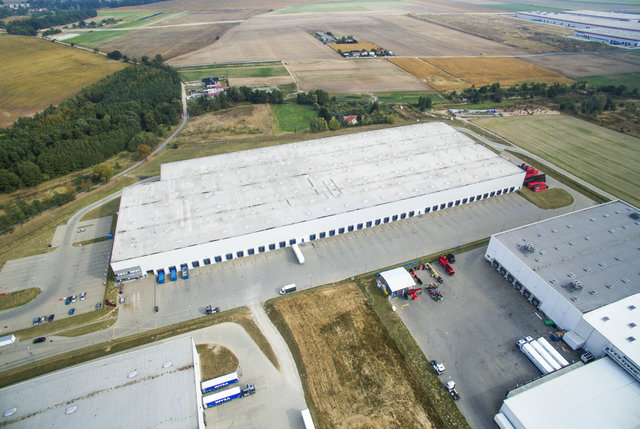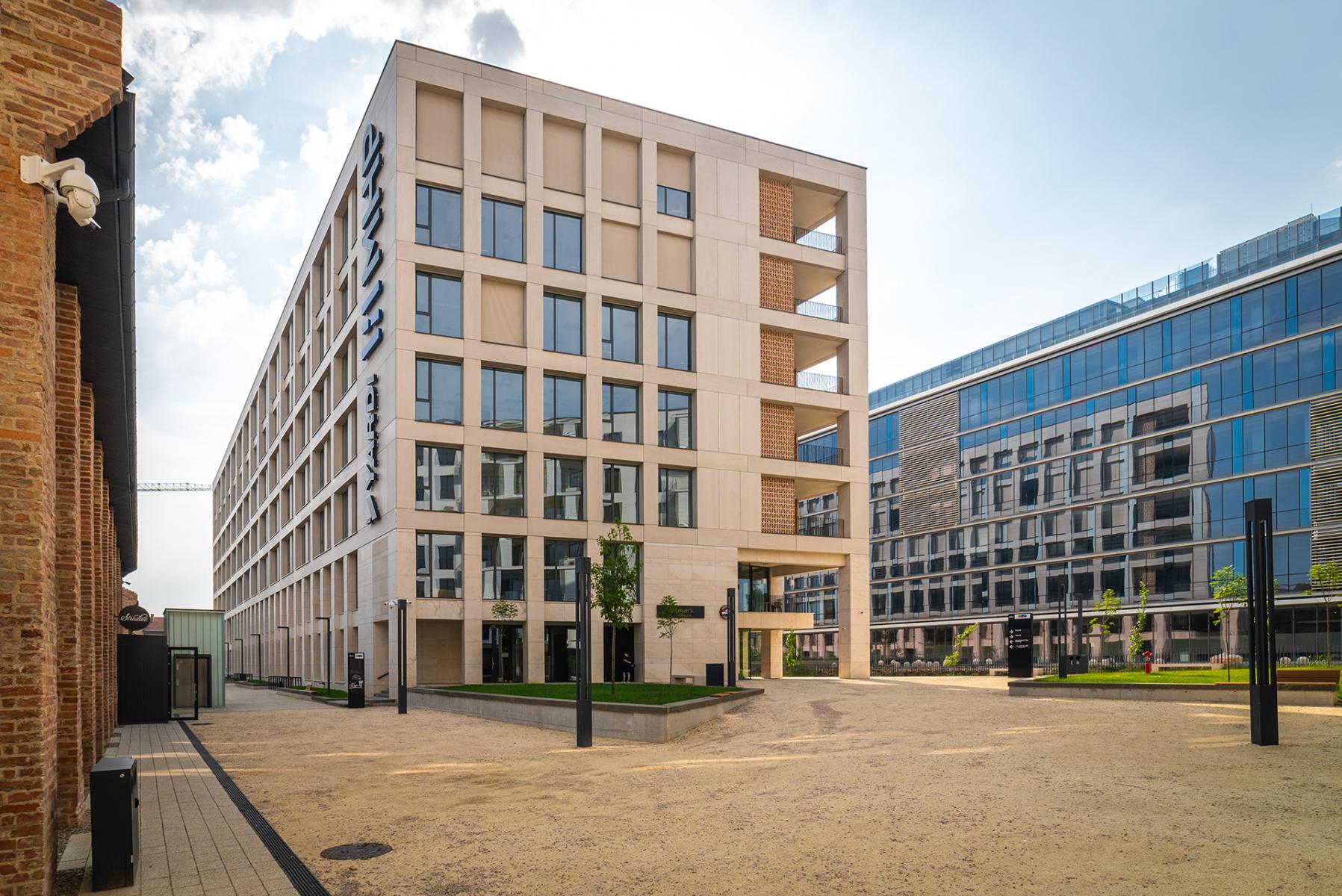Why Central and Eastern Europe is the property frontier for SA REITs
Central and Eastern Europe (CEE) has attracted significant interest from South African investors in real estate who have sought to diversify their portfolios and satisfy their appetite for yield-enhancing assets. Approximately 28% - 30% of the South African listed property market is invested in CEE countries.
Fortress REIT is South Africa’s largest owner and developer of core, premium-grade logistics real estate and owns a portfolio of convenience retail. It is the largest shareholder in NEPI Rockcastle Plc, active in high-growth retail real estate in Central and Eastern Europe. Fortress recently entered the Polish logistics market with its first two logistics parks acquisitions with more to come.
Recently Fortress REIT hosted a webinar about why CEE is the property frontier for South African REITs to power their growth and diversify their portfolio. Steven Brown, CEO of Fortress REIT opened the webinar saying that the South African listed property sector will benefit considerably from its global diversification, which, arguably, reduces its reliance on the domestic economy’s pedestrian growth.
John Loos, FNB Property Economist and keynote speaker, confirmed that local REITs have experienced lacklustre returns due to weak domestic economic growth, oversupply of lettable area in the office and retail sectors (super-regional malls), coronavirus pandemic lockdowns and of late – political instability leading to unrest. And until structural reforms come into play, listed properties may need to find good yields by diversifying their portfolio offshore.
The highlight of the event was the panel discussion from leading industry experts who shared their insights and on-the-ground information about what they are seeing in the real estate markets in this region. The panel included Irina Negoita (Co-founder, Investment Reports), Alex Morar (CEO, NEPI Rockcastle), Maciej Tuszynski (MD for Europe, Fortress REIT) and Bryan Jardine (Managing Partner, Wolf Theiss Romania).
Irina Negoita believes that Romania and Poland offer the most opportunities, since they are two of the most populous democratic countries in the region, and both countries have one of the highest GDP growth rates in Europe. “Consider real estate transaction values in 2020: Romania amounted to nearly one Billion Euro, with Poland accounting for more than half the region’s 10 billion Euro transactions. Investments get high yields with manageable risk. In logistics real estate, Romania has a prime yield of 8%, while Poland has a prime yield of 5.75%. In retail, at slightly lower, Romania stands at 7.25% and Poland at 5.25%. To put this into perspective, these prime yields are approximately double those of Western Europe.”
Alex Morar shared his views on retail recovery in the region: “Overall, shopping centres have gone through a number of closings and re-openings. In March/April we had a low point of 58% GLA operational. We are now at 100% with very little capacity restrictions on things like entertainment and restaurants. The turnover that we are achieving now is pretty much back at 2019 levels, although the footfall is still a bit lower, meaning that the basket size has increased.” Overall, CEE is a high-growth market, with Poland and Romania being the largest markets in this region. “Businesses need to keep their focus on the final customer - whoever that customer may be - what do they want? Providing what they want and adapting to their needs is key to success.”
There is an explosion in the opportunities when it comes to logistics. While people are going back to the malls, there is still a hesitancy in terms of getting vaccinated. That being said, the numbers seen in home deliveries are expected to remain higher than before the pandemic. As a result, growth in the warehousing and logistics industry will be increasingly necessary.
Maciej Tuszynski agreed with this sentiment but believes that e-commerce is only one part of the growth story. “There was an undersupply of warehouse space in CEE, but we are catching up quickly and building modern warehouses that allow for better distribution of goods post the upscaling of infrastructure in the regions.” The timeline for being able to extract value from a warehouse asset is hard to predict at this stage. “With technological advancements like the use of robotics and electric vehicles, and the prediction of the self-driving trucks being rolled out in the future, you have to stay on top of trends to ensure that your assets are capable of being upgraded or being equipped from day one with new features.”
Bryan Jardine was pleased to share that in his experience, Romania is seeing a change in the type of investor coming into the region. “In the past, we saw ‘cowboy’ investors who were looking to make a fast buck. We’re now seeing more institutional money: companies that adhere to corporate governance, have proper controls in place, and are conducting business in an appropriate fashion. There is a very strong growth mindset in the country, with good alignment between policy makers, investor and developers.”
Negoita discussed the progress that has been made on the REIT legislation in Romania and Poland: “Poland has been trying to pass the REIT legislation since 2016 but there were some concerns. It is an atypical market in that it has 95% foreign investors, but they are trying to attract more local investors and REITs offer security for both. There are currently sustained efforts to pass the legislation this or next year, whereas in Romania, a working group is being set up with estimates for REIT legislation in force by 2023. At this stage, demand is greater than the supply, especially since the infrastructure in Romania is improving, which the authorities say is a priority on their agenda.”
Jardine added that for Poland and Romania to remain attractive for foreign investors, the legislation needs to remain stable and coherent: “There is tension between the desire to attract foreign investment in order to spur further economic growth and the concerns raised by certain domestic stakeholders in these countries, who don’t want too much of their economy to be in the hands of foreigners.”
In closing, Tuszynski explained his confidence in the region: “We have great potential; this is still a young population, and many countries have a highly educated percentage of their workforce speaking many languages. Even though Covid has had an impact across the globe, CEE economies are recovering much faster, and are finding it easier to adapt to the new circumstances. This is all within the EU legal framework that provides a lot of safety for investors, from the legal point of view. This should continue for the foreseeable future.”





 2021-08-10
2021-08-10
 2021-08-10
2021-08-10
 2021-08-10
2021-08-10